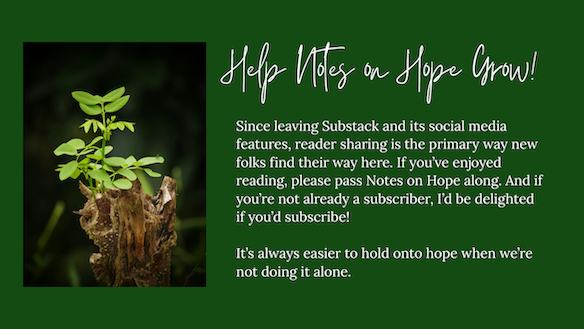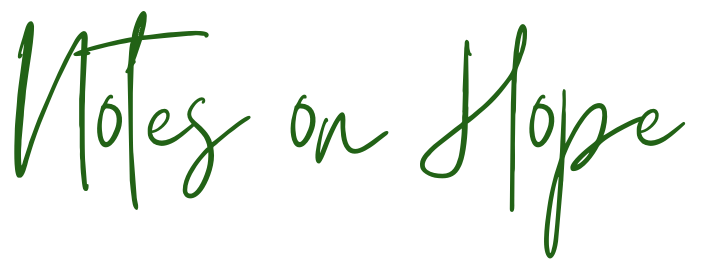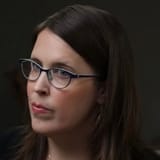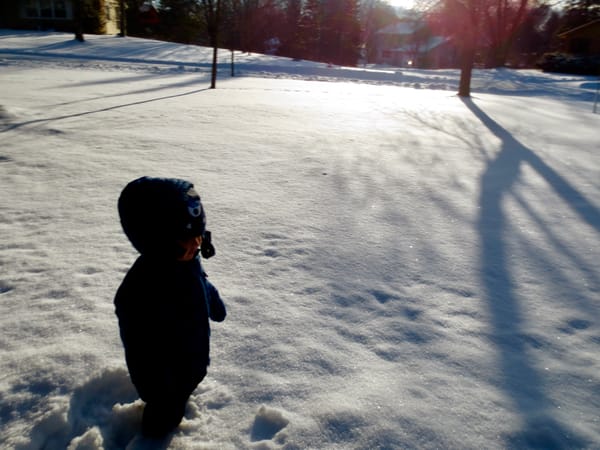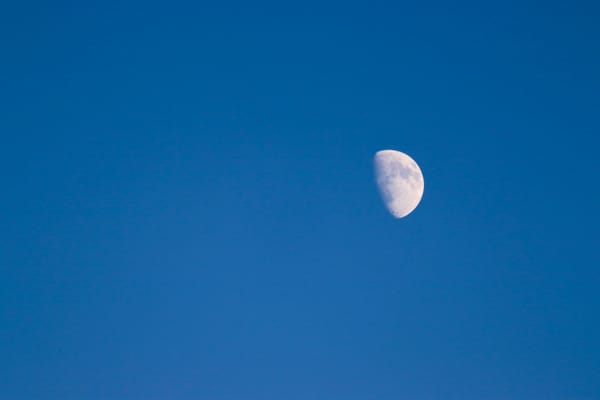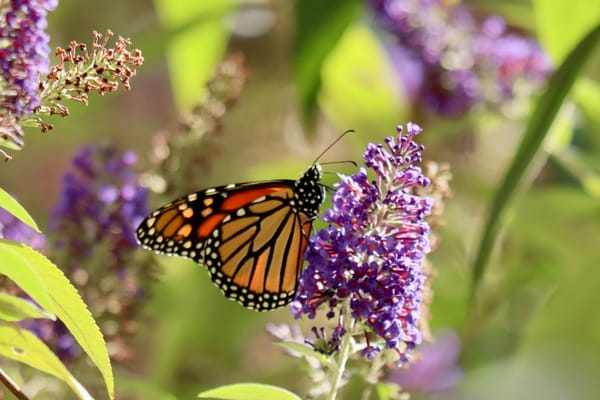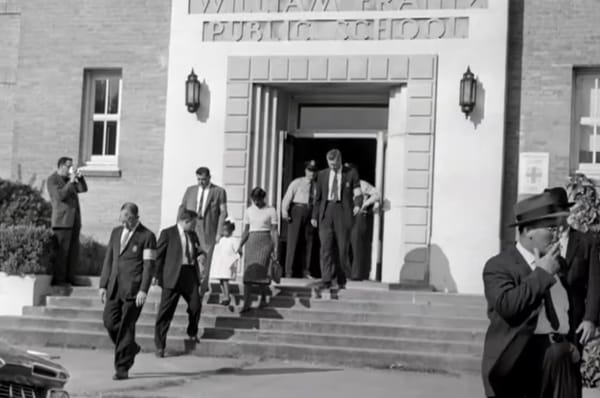The Problem with the Oxygen Mask Analogy
What if we tried breathing together instead of rationing air
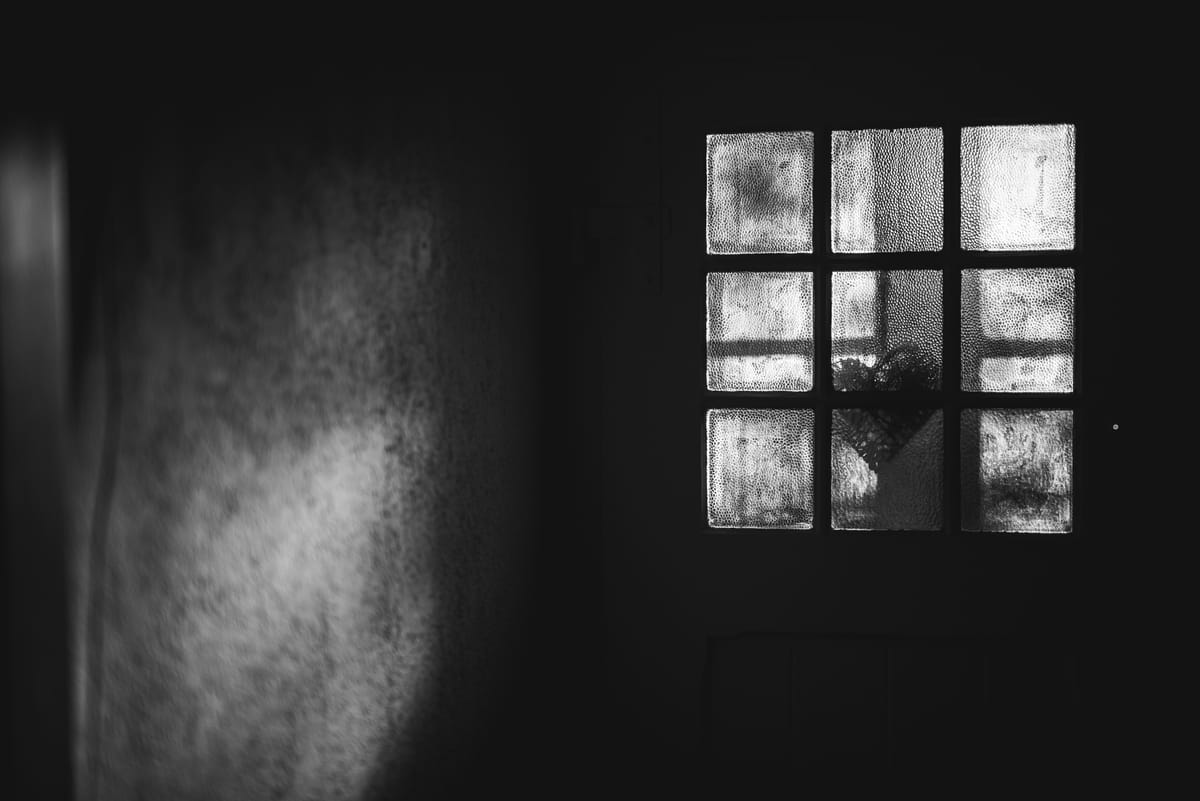
“This is what we do.
We gather each other up.
We say, the cup is
half yours and half mine.
We say, alone is
the last place
you will ever be.”
~Andrea Gibson
At the end of last week’s note, I included a link to the story of a particularly violent raid on a Chicago apartment building, which has now hit national mainstream news outlets. This week a story surfaced of a man in that building, who sheltered a mom and her 7-year-old daughter in his apartment during the raid and for three days afterward. The little girl hid under his bed:
“I didn’t want them to take her,” said the man, who didn’t want to be named because he fears he’ll be targeted by federal authorities for his actions.
“I gave her my bedroom, and I just told her, ‘Just stay there. Don’t open, don’t, shh, just stay quiet,’” he recalled telling the mom and daughter as he choked back tears.
The story—both the raid itself and this act of compassion in the midst of a terrifying emergency—is an important marker of the moment we’re in. It isn’t hyperbolic to see events like this as reverberations of the worst periods in our history and the most important acts of courage.
Whenever stories like this rise to mainstream attention, a quote from Anne Frank’s diaries tends to circulate online, in which she describes observing the disappearances and family separations occurring around her in the midst of WWII. Comparing the present to Anne Frank’s observations of 1940’s Europe may feel extreme, because it's easier to think of the worst atrocities of history as aborations than as refrains. But it is difficult to read the details of the Chicago apartment raid and not hear strong echoes of her warning on January 13, 1943.
“Terrible things are happening outside. At any time of night and day, poor helpless people are being dragged out of their homes. They’re allowed to take only a knapsack and a little cash with them, and even then, they’re robbed of these possessions on the way. Families are torn apart; men, women, and children are separated. Children come home from school to find that their parents have disappeared. Women return from shopping to find their houses sealed, their families gone.”
The parallels are made only more clear by the image of a stranger hiding an inconsolable little girl under his bed, as armed agents stalked their hallway. As frightening as it is to see the darkest moments in our history bubble up again and again, reminding us that power is always susceptible to the cruelty of insatiability, I think it is also important to find hope in the selflessness of ordinary people sheltering one another.
While Anne Frank observed the worst of humanity, she also famously retained her belief in the human heart’s capacity for goodness. As someone who thinks a lot about the factors that contribute to the resilience of children, it’s hard to imagine that this wasn’t due, at least in part, to those who looked after her family while they were in hiding. There is power, especially in the midst of witnessing the worst that humans can do, in also witnessing care and sacrifice—in having models of compassion and selflessness who counter models of cruelty and fear. In her second to last diary entry, Anne Frank wrote,
“In spite of everything I still believe that people are really good at heart. I simply can’t build up my hopes on a foundation consisting of confusion, misery, and death.”
We all have to do the work of holding onto this belief, if for no other reason than because, when we don’t continue to believe that it’s possible for humans to show care, even in the face of true fear, it becomes impossible to do so ourselves. Relinquishing our belief in the best possibility of the human heart also releases us from our own personal responsibility to live up to that possibility. We have to believe in others, if we are to believe in ourselves.

I struggle sometimes with the question of whether I’m living up to the promise that Notes on Hope seems to make through its title. It’s difficult to write honestly about what is happening in the world without feeling like a bearer of gloom more often than hope. But, as I often repeat (as much to remind myself as you), finding hope isn’t about painting a rosy hue over troubling realities, but rather about acknowledging those realities as a necessary first step toward imagining what else is possible and finding ways to bring different realities into being.
A central feature of the tension between honestly reckoning with circumstances that so often feel dark, and the hope that can be found in the good we can nonetheless do, is that, in frightening times, the good we can do usually involves some degree of risk or sacrifice. When I’m most tempted by the very cynicism I try to write my way out of in these notes, it’s more often those who bemoan the cruelty of the present moment, but remain blithely unchanged in their day-to-day choices, who pull me toward pessimism, rather than those who are actually inflicting cruelty directly. History books are full of tremendous callousness and bold courage. We’re conditioned to recognize these dichotomies. Instead, it’s the reflexive turning away and the carefully reasoned immobility that I find most difficult to metabolize.
Surely, we all have varied life circumstances that force us to weigh risks differently and to balance compromise with courage, as we navigate the tenuous line between caring for ourselves and those to whom we are most directly obligated and caring for the world beyond our own front doors. As a single mom, I feel the conflict of such compromises daily. I weigh every personal risk against my obligations as a parent, balancing my role as a moral example with ensuring that my son has the security of food and shelter and a mom to come home to each day. This balancing act doesn’t always land me where I would ideally like it to. Most of us play our own versions of this tetris, particularly within the social and economic structures that often make true personal security elusive. And yet, I am deeply aware of the reality that in a moment like the one the man in Chicago faced, when there was a knock at his door, the tetris fails. Our choices can suddenly become very black and white. And we won’t all rise to meet them with the moral courage we imagine. But it seems far more certain that we won’t, if we are already failing to make any sacrifices when the choices are less dire.
I worry about the extent to which we have normalized the rationalization of keeping the door closed in such a desperate moment, through all the easier, smaller moments that lead up to it.
You’ve surely heard the analogy of the oxygen mask—the directions given on an airplane to put your own oxygen mask on before assisting others—generalized to cover any circumstance in which we might need to justify prioritizing ourselves over others. There are lots of problems with the anodyne overextension of this advice, all of which feel very central to the reflexes that tend to keep us focused on ourselves when the stakes are low and might someday lead us to refuse to open our own door when the stakes are high.
To be clear, the advice is solid if you are actually on an airplane. But it gets increasingly tenuous as we extend it out to other circumstances. Securing one's own oxygen mask on an airplane literally prevents loss of consciousness, which would obviously inhibit any ability to assist others. Under these very specific circumstances, it is extremely pragmatic guidance to secure your own mask first. But when the situations this advice is extended to don’t involve similar danger, pragmatism, or clarity, an action intended to facilitate your ability to help others—to ensure we have the literal breath required to keep others breathing—sometimes becomes, instead, an excuse not to help at all. Additionally, outside the controlled environment of an airplane, the truth is that there are rarely enough oxygen masks for everyone. As any parent who’s ever struggled to make ends meet knows, sometimes you have to forgo your own needs to take care of someone else. The resources don’t usually drop from the ceiling, neatly allocated to every seat.
At some point, when the choice may be simply to take a risk and offer help or to turn away—as with a child knocking at the door desperate for shelter—I worry about how each of us might react, after being so conditioned to justify putting ourselves first.
It also shouldn’t go without saying that it is often those with the least security who take the greatest risks for others. Personal safety tends to make us more protective of that safety, not less. But, when an oxygen mask doesn’t materialize for everyone, will we have the compassion and moral clarity to find ways to share breath, if we haven’t practiced making any sacrifices when the air was more abundant?
This is why it’s so important to lift up examples like the neighbor in Chicago, who took a risk to care for a mom and a little girl when they were in trouble. We need to see real individuals, in the moment of decision, making brave choices so that we have concrete, present-day models in mind when there’s a knock at our own door. And we need to practice smaller acts of bravery before that moment.
It’s easy to imagine how courageous we might have been in an historical past we can’t actually return to. It is much harder to take genuine risks in the present of our own real lives. But nearly every brave choice we read about in history books, as well as every act of courage that’s never recorded, was taken by someone who risked their own security—someone who may even have decided to forgo their own oxygen mask to give it to someone who needed it more. As we make choices about the balance of safety vs care and the risks that care can sometimes demand, we need better analogies, and there are plenty of real people offering them to us now.
As much as I am occasionally drawn toward cynicism by the extent to which those with the most security often seem to be going about day-to-day life shaking their heads at the news, but otherwise keeping their own doors firmly bolted, I am able to avoid lingering there because of those who are opening their doors when it is demonstrably dangerous to do so. Even if we are not yet faced with such dramatic decisions ourselves, it is important to challenge the limits of our personal security tetris wherever we can—to take the small risks, or even to simply accept a little inconvenience or discomfort, in order to push ourselves slightly outside the boundaries of our usual routines and safety. Doing so is a way of both sustaining hope and muscularizing our moral compass in preparation for moments of abject moral choice and true risk, so we are as equipped as possible to open the door when it really counts.
So, how are you breaking out of your routines and finding ways to practice care that require some discomfort or sacrifice? How are you increasing your tolerance for even a modicum of personal risk in support of others? What are you giving up, small or large, in order to offer a little more safety to someone who is less secure than you?
Hope lies in the answers to these questions.
Wishing you the willingness to share your breath when there aren’t enough oxygen masks and the courage to open your door,
Alicia
P.S. All of this week's Helpful & Hopeful links below provide additional examples of people who are opening the door. I hope you'll click through and read about them!
A few things I found helpful and hopeful this week…
- Listen to Miep Gies, who helped hide and care for Anne Frank's family, explain why she put herself at risk. "In those dark times, in the war, we did not stand aside, but took action to help people."
- This is a powerful reflection on the vulnerability of being an immigrant child, along with 10 practical tips for talking to kids who are frightened of ICE.
- We Called Ourselves the Lifeboat Crew — Fired US AID workers launched a rescue project to save as many babies as possible. So far, they've funded 80 programs and benefited an estimated 40 million people.
- Speaking of standing up for the most vulnerable, trans people are among the most marginalized and at risk right now, and this is an excellent explanation of the hopeful power in the simple act of knowing history and speaking up.
- Paid leave would be a simple way to make a lot of people less vulnerable.
- A guide from Mariame Kaba on creating simple winter kits to either distribute directly to unhoused people, or give to your local public library to pass out.
